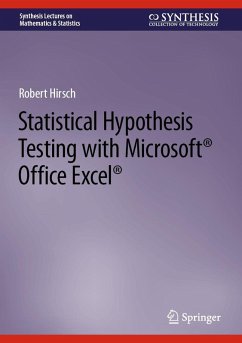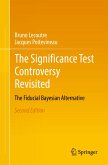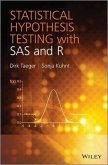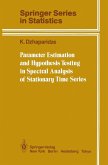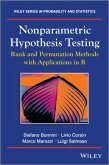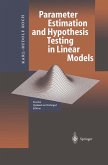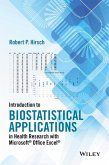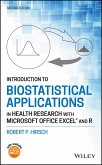This book provides a comprehensive treatment of the logic behind hypothesis testing. Readers will learn to understand statistical hypothesis testing and how to interpret P-values under a variety of conditions including a single hypothesis test, a collection of hypothesis tests, and tests performed on accumulating data. The author explains how a hypothesis test can be interpreted to draw conclusions, and descriptions of the logic behind frequentist (classical) and Bayesian approaches to interpret the results of a statistical hypothesis test are provided. Both approaches have their own strengths and challenges, and a special challenge presents itself when hypothesis tests are repeatedly performed on accumulating data. Possible pitfalls and methods to interpret hypothesis tests when accumulating data are also analyzed. This book will be of interest to researchers, graduate students, and anyone who has to interpret the results of statistical analyses.
. Presents the classical and Bayesian interpretations of hypothesis tests under various conditions
. Describes how to take samples and the process for planning to take samples
. Explains how to use Excel® to obtain P-values for several common statistical tests and how to interpret them
Dieser Download kann aus rechtlichen Gründen nur mit Rechnungsadresse in A, B, BG, CY, CZ, D, DK, EW, E, FIN, F, GR, HR, H, IRL, I, LT, L, LR, M, NL, PL, P, R, S, SLO, SK ausgeliefert werden.

